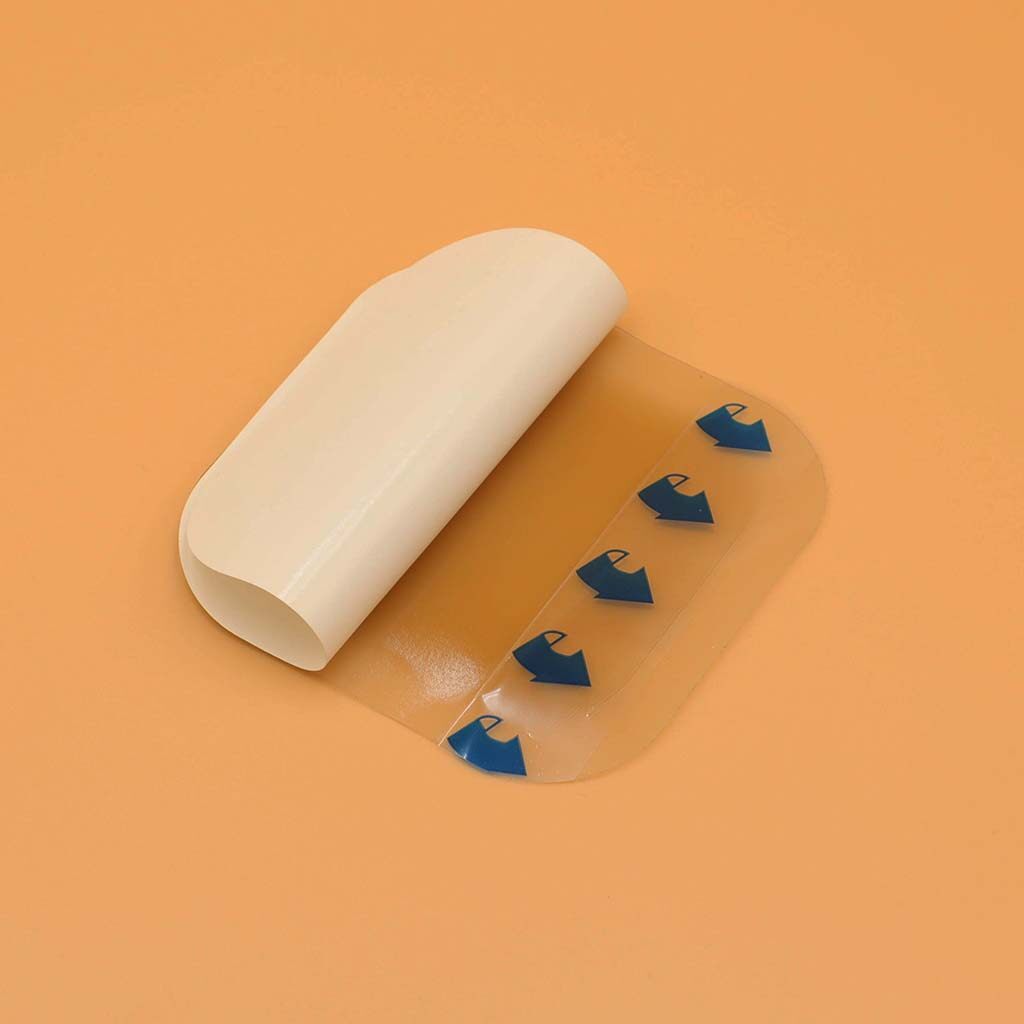Email cannot be empty
Password cannot be empty
Email format error
Email cannot be empty
Email already exists
6-20 characters(letters plus numbers only)
The password is inconsistent
Email format error
Email cannot be empty
Email does not exist
6-20 characters(letters plus numbers only)
The password is inconsistent


How to Use and Apply Hydrocolloid Dressing?
Hydrocolloid dressings are a type of wound dressing that is becoming increasingly popular in the medical field due to their effectiveness in promoting wound healing. These dressings are made of a gel-like material that forms a protective barrier over the wound, helping to create a moist environment that is conducive to healing. In this blog post, we will discuss how to use and apply hydrocolloid dressings, as well as their benefits and potential drawbacks.
Benefits of Hydrocolloid Dressings
Before we dive into how to use hydrocolloid dressings, let's first discuss some of the benefits of using them. One of the main advantages of hydrocolloid dressings is their ability to create a moist environment around the wound. This helps to promote faster healing by keeping the wound hydrated and preventing it from drying out.
Additionally, hydrocolloid dressings are designed to adhere to the skin around the wound, creating a waterproof barrier that helps to protect the wound from bacteria and other contaminants. This can help to reduce the risk of infection and promote faster healing.
Another benefit of hydrocolloid dressings is their ability to absorb excess fluid from the wound, which can help to reduce swelling and promote faster healing. This can be particularly beneficial for wounds that are producing a lot of fluid, such as pressure ulcers or burns.
How to Use Hydrocolloid Dressings
Now that we've discussed some of the benefits of hydrocolloid dressings, let’s talk about how to use them. Here are some steps to follow when applying a hydrocolloid dressing:
Step 1: Clean the Wound
Before applying the hydrocolloid dressing, it's important to clean the wound thoroughly to remove any dirt, debris, or bacteria. You can use a gentle cleanser and water to clean the wound, or consult with a healthcare professional for guidance on wound care.
Step 2: Dry the Skin
Once the wound is clean, make sure to dry the skin around the wound thoroughly. This will help the hydrocolloid dressing adhere properly to the skin and create a waterproof barrier.
Step 3: Apply the Dressing
Carefully remove the backing from the hydrocolloid dressing and apply it directly over the wound. Make sure to smooth out any wrinkles or air bubbles to ensure that the dressing adheres properly to the skin.
Step 4: Secure the Dressing
Once the hydrocolloid dressing is in place, you can secure it with a secondary dressing or adhesive tape to prevent it from coming loose. Make sure to follow any specific instructions provided by your healthcare provider for securing the dressing.
Tips for Using Hydrocolloid Dressings
Change the dressing regularly: It's important to change the hydrocolloid dressing regularly to ensure that the wound stays clean and protected. Consult with your healthcare provider for guidance on how often to change the dressing.
Monitor the wound: Keep an eye on the wound while using a hydrocolloid dressing to ensure that it is healing properly. If you notice any signs of infection, such as redness, swelling, or pus, contact your healthcare provider immediately.
Avoid getting the dressing wet: While hydrocolloid dressings are waterproof, it's still important to avoid getting them wet as much as possible. This can help to prevent the dressing from coming loose and protect the wound from infection.
Potential Drawbacks of Hydrocolloid Dressings
While hydrocolloid dressings have many benefits, there are also some potential drawbacks to consider. One common issue with hydrocolloid dressings is that they can be difficult to remove, especially if they have been in place for a long time. This can cause discomfort and irritation to the skin when removing the dressing.
Additionally, some people may be allergic to the materials used in hydrocolloid dressings, which can cause skin irritation or an allergic reaction. If you experience any itching, redness, or swelling after applying a hydrocolloid dressing, contact your healthcare provider for guidance.
Conclusion
In conclusion, hydrocolloid dressings are a valuable tool in wound care that can help to promote faster healing and protect the wound from infection. By following the steps outlined in this blog post and keeping these tips in mind, you can effectively use and apply hydrocolloid dressings to promote healing and recovery. If you have any questions or concerns about using hydrocolloid dressings, don't hesitate to consult with your healthcare provider for guidance.

